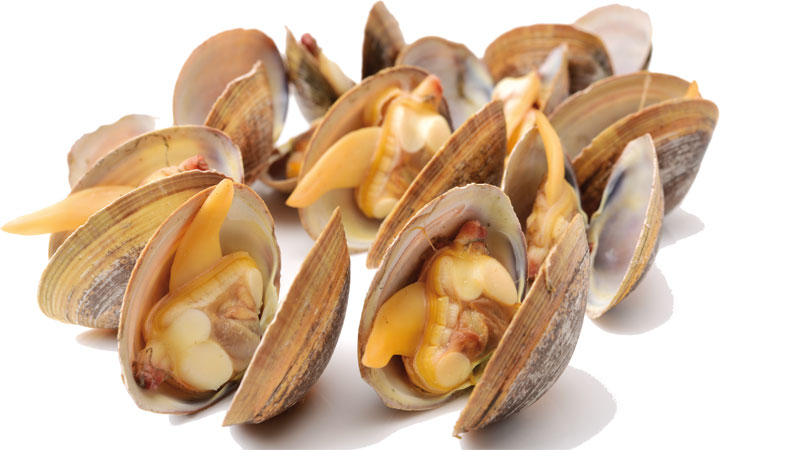

When Michael Motin saw the Oman Observer news about the red tide in Barka, he automatically forwarded the news link to his other friends whose hobby is going out on weekends to engage in rod fishing and crabbing.
“Guess we have to stay away from the oceans for a while guys,” he said.
Their group comprised of about 15 people frequents the Sawadi Beach area and as part of Barka, the group think that they better err on the side of caution and totally distance themselves from the affected area.
Coming from a nation comprised of over 7,000 islands, Michael knows the terrible things red tide can do to sea life and by extension to humans who consume shellfish affected by this phenomenon.
He has seen many times how an entire village had food poisoning and due to lack of access to proper medical care, some of the cases even led to death.
“We have to take precaution until authorities declare it’s safe,” was everyone’s reminder shared on the group chat.
The phenomenon is not popular among residents of Oman. But globally, it has been reported that the red tide is responsible for the death of some large fishes including the endangered manatees and even dolphins.
The United States National Oceanic and Atmospheric Administration describes red tide as a harmful algal blooms when “colonies of algae—simple plants that live in the sea and freshwater—grow out of control while producing toxic or harmful effects on people, fish, shellfish, marine mammals, and birds.”
It added that “The human illnesses it causes, though rare, can be debilitating or even fatal.”
Like Michael’s experience in the Philippines, consuming contaminated shellfish had led to people suffering Neurotoxic Shellfish Poisoning (NSP) while others experience respiratory symptoms and skin irritations.
Learning from experience, he would rather have people he knows stay away rather than experience the consequences first hand.
From an economic standpoint, the phenomenon affects communities, and business organisations like hotels and restaurants or those that offer water-based attractions.
As shared by Dr Lubna Al Kharusi, Director, Marine Science and Fisheries Centre in an interview on one of the Gulf newspapers, the persistent red tide in the Gulf of Oman, now specifically this in Barka, is impacting the fishermen socially, economically and even affected tourism.
“Some of these fishermen don’t have the means to go offshore and fishing closer to the coast during this phenomenon is harmful,” she said.
She also noted that “During red tide people are wary of buying fish thus fishermen suffer economically too.”
An emergency committee is monitoring and ensuring that people where this phenomenon is taking place have access and are not experiencing shortage of water.
Although there is no information of how long the phenomenon will last, the Public Authority for Electricity and Water (Diam) are keeping a close eye on what’s happening and measures are also being taken to mitigate its impact.
“It’s sad to be away from our favourite hangout spot but better safe indeed than sorry,” is the collective thought of Michael’s friend.
YERU EBUEN & TITASH CHAKRABORTY
Oman Observer is now on the WhatsApp channel. Click here



